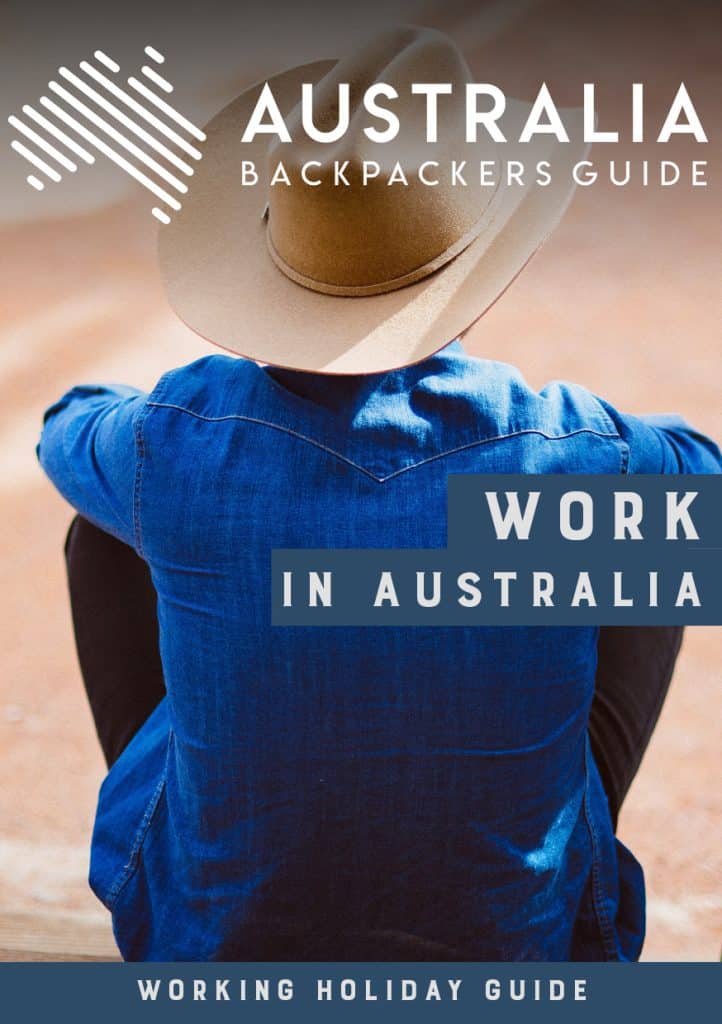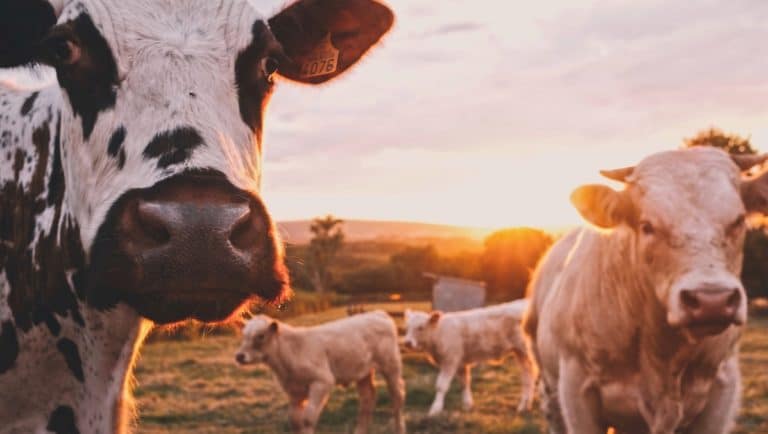
Working on a dairy farm in Australia can offer a rewarding experience, allowing you to become familiar with the agricultural industry and live an authentic rural life. It also enables you to qualify for a second or third year visa in Australia since jobs on dairy farms are eligible for the renewal of the Working Holiday Visa. So, if you’re interested in working on a dairy farm, here are some tips that can help you find a job.
Table of Contents
How to Find & Apply for Station Work
Specialist Websites
- StationJobs.com.au – comprehensive listings by region and season.
- RuralSkills Australia – seasonal placements that include visa paperwork.
- Farm Source, Agri Labour Australia, or Dairy Australia…
Recruitment Agencies
- Agri Labour Australia and StationAssist place hands nationwide.
Direct Outreach
- Identify stations via Google Maps, call station managers and email a concise CV emphasizing any rural or animal-handling experience.
Local Networks
- Join Facebook groups like “Backpacker Cattle Station Work” or regional forums for word-of-mouth leads.
Finally, you will also find in the Backpacker’s Guide an entire section of contacts for dairy farms across Australia. The best approach is to contact them directly for your job search.
👷 Get your White Card in Australia (with discounts)
Take advantage of special offers to obtain the white card and work in the construction industry.
Top Cattle Station Regions & Seasons
Dairy farms in Australia are spread across several regions of the country. Here are some of the regions where you can find dairy farms:
| Region | Peak Mustering Season | Climate Highlights |
|---|---|---|
| Kimberley (WA) | Apr–Jun | Dry, cooler days; spectacular floodplain scenery. |
| Northern Territory | May–Aug | Mild nights, ideal for night-time yard work. |
| Central Queensland | Mar–May | Post-wet season paddock opening. |
| Northern Queensland | Jun–Aug | Cool mornings; prime branding window. |
It is recommended to have your own vehicle to work on a dairy farm since you will need transportation to go into town and do your shopping.
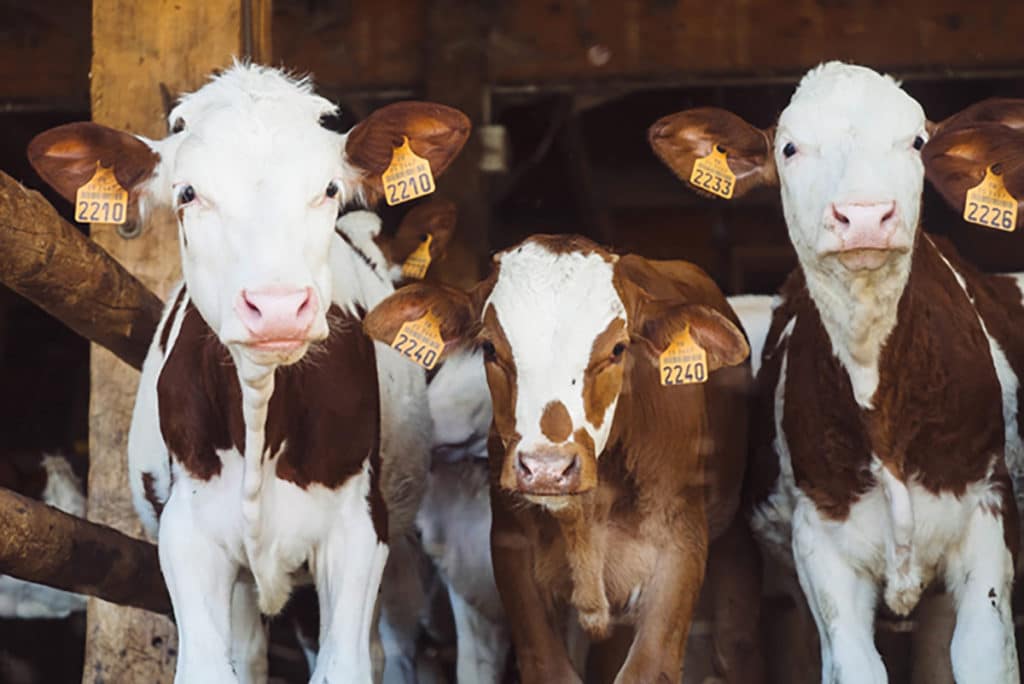
🚐 5% Discount with Travellers Autobarn
Travellers Autobarn is offering a 5% discount to Australia Backpackers Guide readers with promo code GUIDEEN
Renew your WHV by working on a cattle farm
As you surely know, to qualify for a second WHV in Australia, you need to work 88 days on the farm. So there are many eligible jobs, you can choose to do fruit picking, work in the mines, on solar farms…. but you can also choose to work on a dairy farm!
In any case, make sure that the postal code of the place where you work is indeed eligible! The jobs must be done in rural areas of the country!
Note that you can renew your WHV for a third year in Australia if you work 6 months in a job in an eligible region while you are on your second year of visa. Eligible jobs and regions are the same as for your first renewal.
Read also : Eligible jobs to renew your WHV in Australia
Working on a cattle farm – Melissa’s experience
I and my friend were working on a dairy farm where the wish came up to learn more about the famous cattle stations. We may have already lived on a farm, but we wanted to experience the remoteness –the real one. As we were about to run out of money – living in a campervan was too expensive for us – So I published ads on Gumtree, HelpX and Facebook. We were willing to work in exchange for food and accommodation to experience something new by working on a cattle station.
We got some replies and we decided to start our next adventure on a cattle station close to Mount Magnet in the Outback of Western Australia.
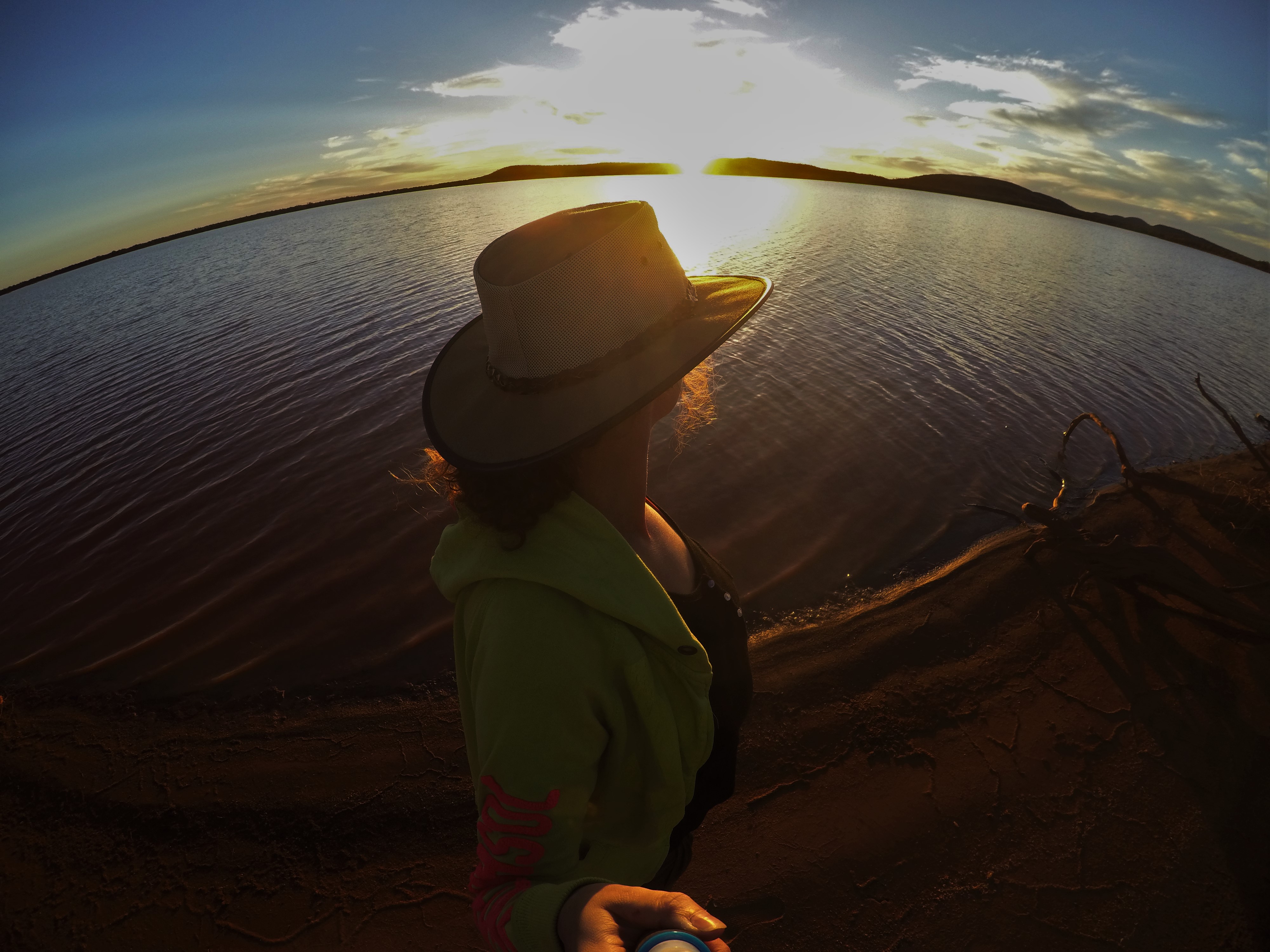
Working on a cattle station – The scenery
The owners were extremely nice! They had about 500 cows (which is not so much compared to other stations), some breeding horses and over 500 000 acres! They had 4 children. The oldest ones were going to a boarding school in Perth. The youngest one was still living with them and got school lessons at home.
The scene around the cattle farm was beautiful; sunsets were colourful, stars were shining, the ground was red and all in all, it was a very peaceful place. We spend four weeks there – It was four weeks out of society & civilisation…

Working on a cattle station – A new lifestyle
The owners taught us a lot while we were working on a cattle station. As they were living in the middle of nowhere they had to make sure that they have enough skills to solve all the problems that could happen on the farm.
The owners sourced and generated their own wind and solar power. One night we had a power-cut. Instead of waiting for someone to fix it or just hoping that it will work again soon, you have to fix it on your own. That was a whole new experience for us.
In general, you have to do many things on your own. We cut wood, destroyed fences to rebuild them later. It was hard work! But at the end of the day, we were rewarded with a good meal and homemade ice cream.
When we had days off we had the chance to drive around the Outback. We went to some lovely lakes (there was a hidden lake around 50 minutes away) where we had nice barbecues. Sometimes we were lucky enough to see some cows and even wild donkeys along the way!
Another task of mine was to make sure the youngest was doing his school work.
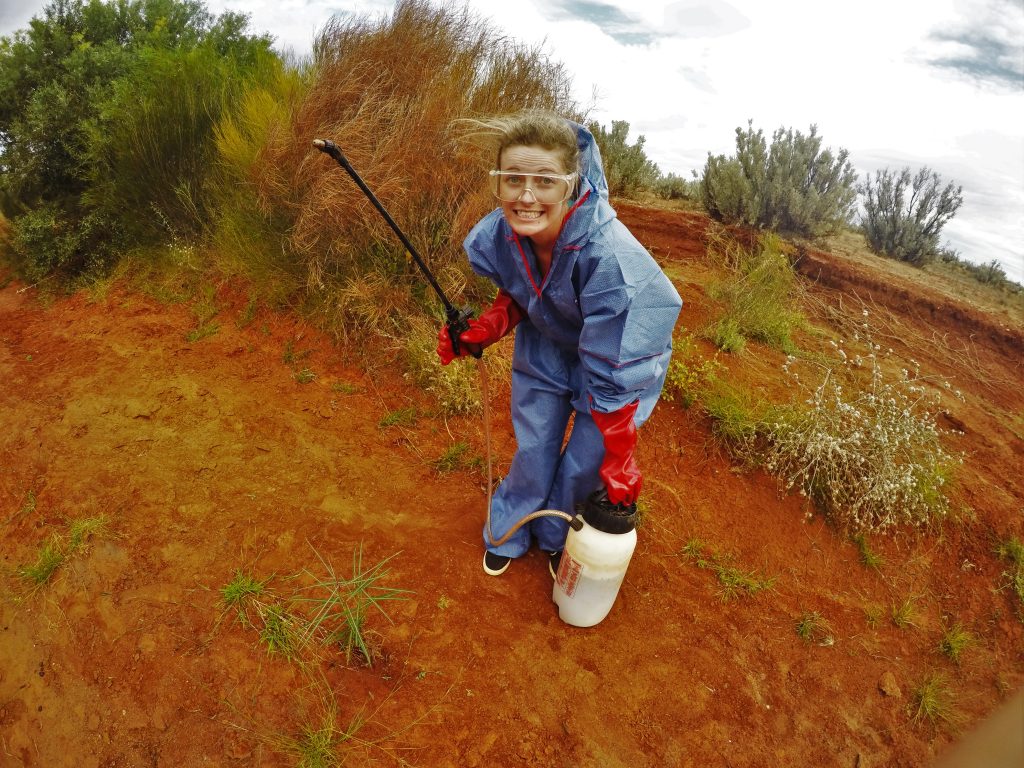
Advantages of working on a cattle station
If you’re wondering why work much longer than 88 days, here are some reasons why:
- The possibility of working several hours per week (between 30 and 60 hours per week)
- Option of living on the farm at low cost
- Save money (living far from a city, it is easy not to spend every day)
- Experience on farms in Australia makes it easier to get a job or even a HelpX later on
- Getting a second or third year of visa.




















